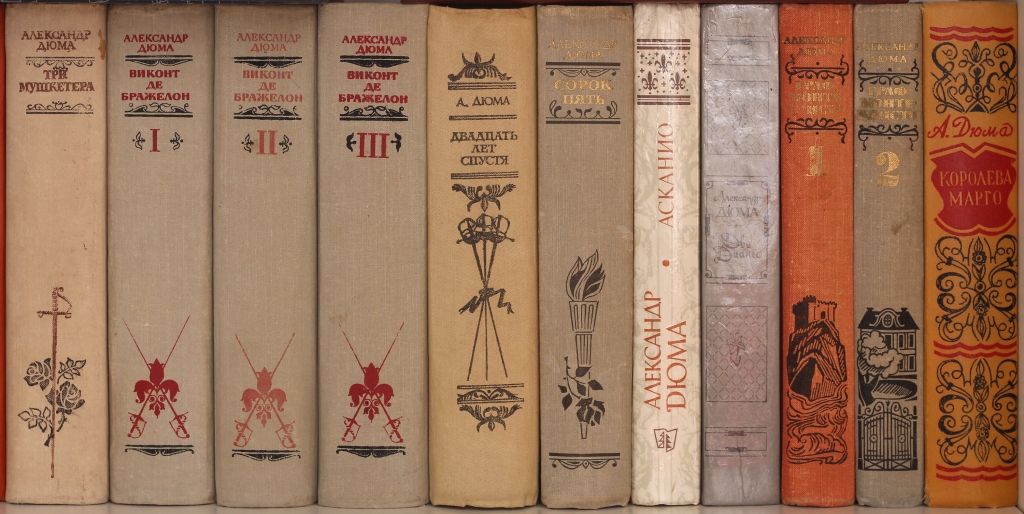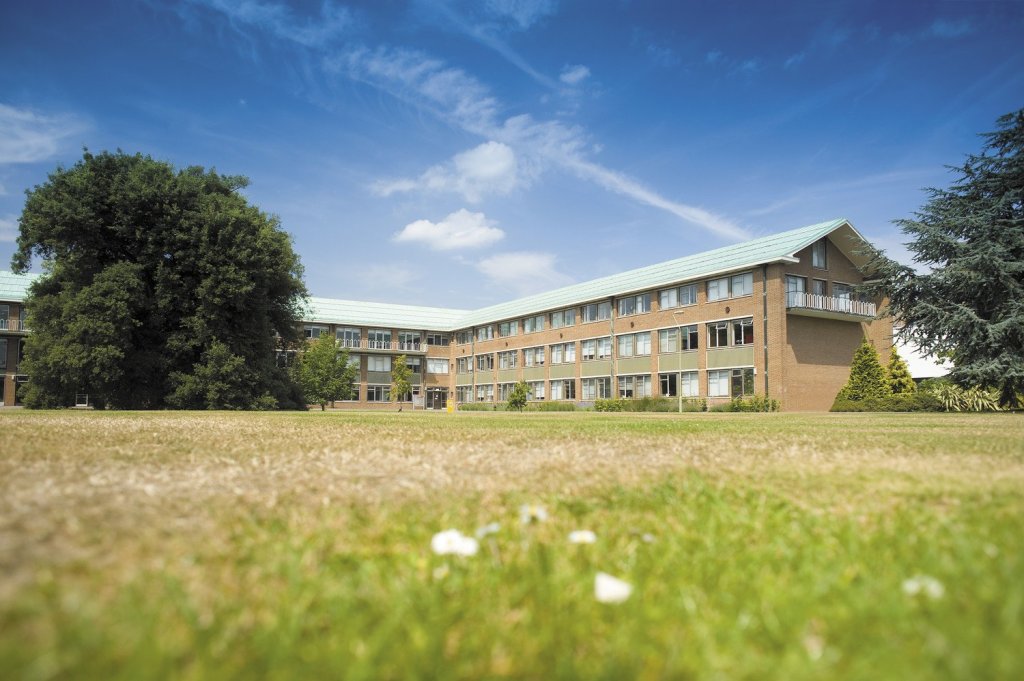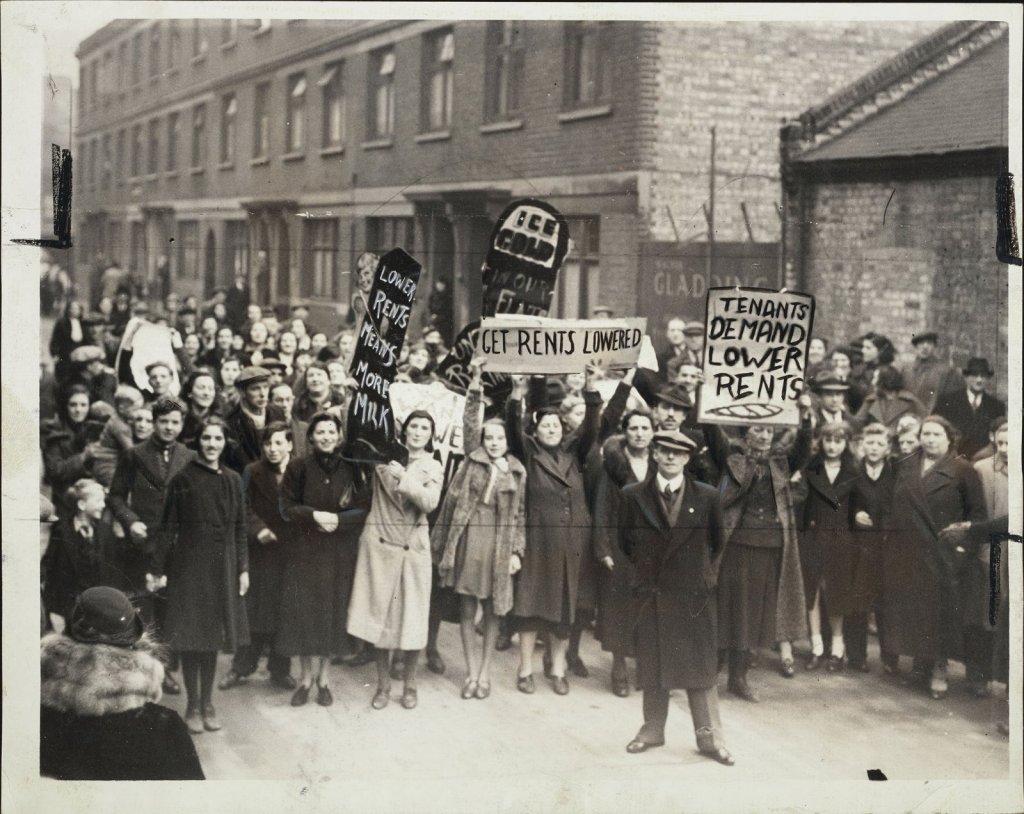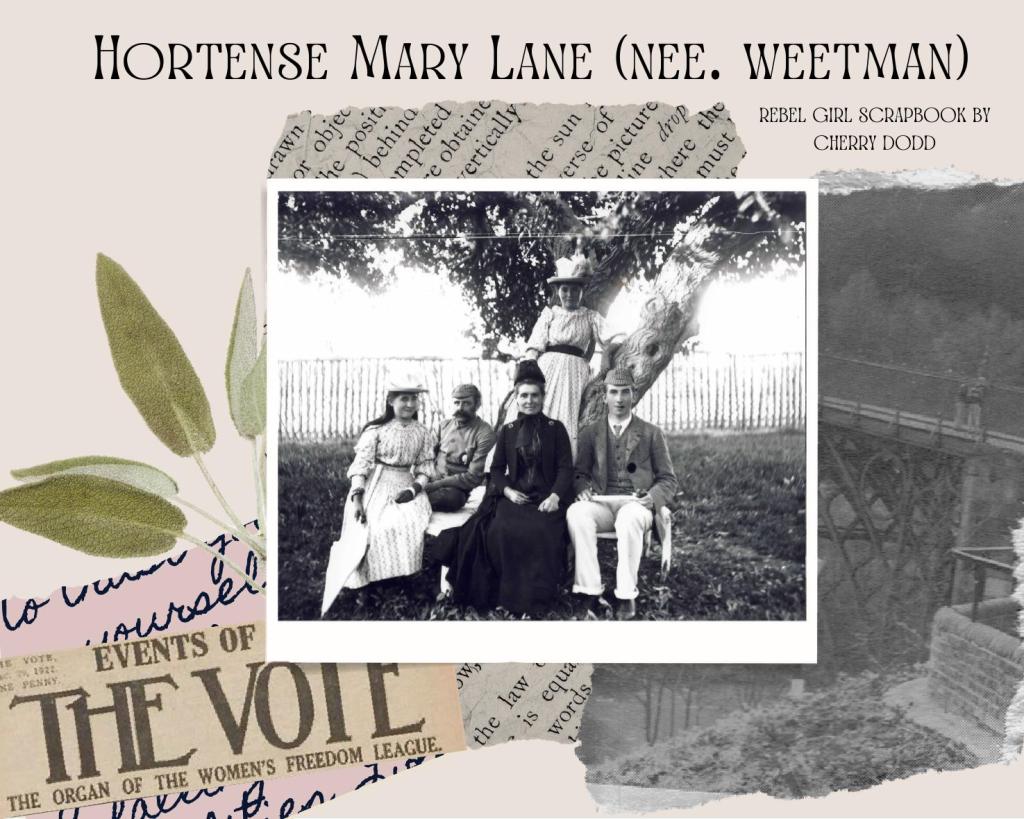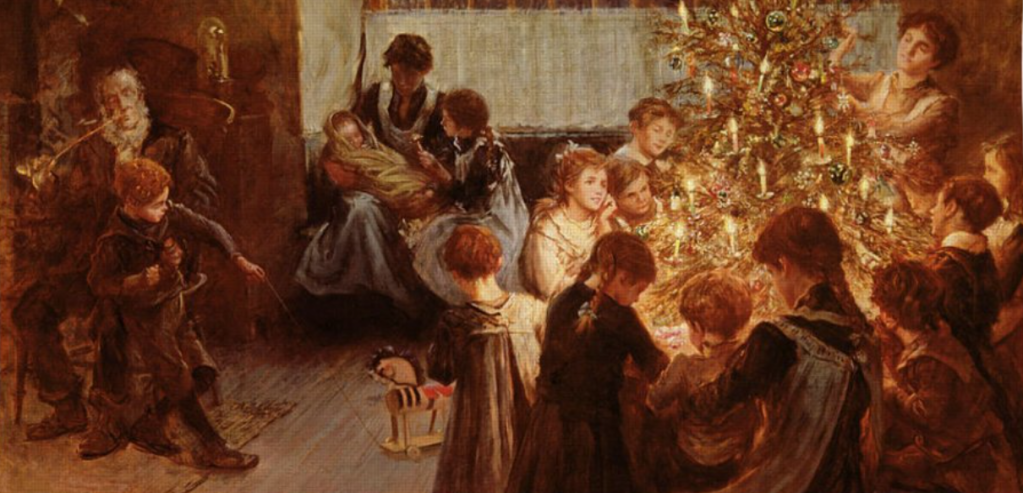Latest Posts
-
Celebrating Doctoral Research: Fairbrother Showcase 2024
Each year, the Fairbrother showcase celebrates excellent doctoral research from across the university. This year, two of our brilliant doctoral researchers, Luke Walters and Dr Anne Jeavons, presented their work at the event, held at the Reading Biscuit Factory, an… Continue reading
-
Exam Season: Advice for Students
Students may have already had their fill of advice this assessment season, both in revision sessions and from the university centrally. From general exam guidance to the past paper archive, there are a lot of resources on the university website… Continue reading
-
The 1939 Municipal Rent strikes in England. When women held their communities together, by Fiona Lane
‘The idea of living in a neighbourhood…appears virtually to have no connection with any responsibility for its good government in the mind of the average housewife.’[1] The theme of ‘inspire inclusion’ for Women’s History Month is a welcome opportunity to… Continue reading
-
May Hobbs: Organising the Nightcleaners, by Amy Longmuir
May Hobbs was born in Hoxton, East London in 1938. Like many other working class women, by the 1960s she found work as a nightcleaner in the ever-increasing number of high-rise office blocks in central London. Much of this work… Continue reading
-
#IWD: Female Comradery, Politics and Belonging, by Abbie Tibbott
The theme for International Women’s Day this month is ‘Inspire Inclusion’, and it got me thinking a little bit about how important collaboration is to getting things done, and what evidence I have seen of this during my own research.… Continue reading
-
Women’s History Month 2024: A Student Spotlight on British Class and Gender
During the spring term, students taking Dr Jacqui Turner’s module, “Rebel Girls” were tasked with making their own digital, or physical, scrapbooks. They were required to select a woman who they viewed as a rebel girl, and compile their research… Continue reading
-
Student Celebration: Undergraduate Research Opportunities
Over the Summer Vacation last year, we had three undergraduate students working with History colleagues on discreet research projects as part of the UROP programme at Reading. Here, they reflect on what they learned from the experience and share their… Continue reading
-
Mills Archive Placement – Katie Dawson and Megan Phillips
For the past couple of weeks, University of Reading History students Katie and Megan have been interning at the Mills Archive Trust. This is what they have to say about their time spent at the Trust: We’ve had a lot… Continue reading
-
Boxing day: anything to do with boxes?
To wrap up (pun intended) our festive series, Jacqui Turner traces the history of Boxing Day in Britain. Boxing day: absolutely nothing to do with boxes today, but in our house lots to do with football and Paul Hollywood’s ‘Hand-Raised… Continue reading
-
2023 Draws to a Close: Our Recommendations 3
The final installment of our 2023 wrap up is here! Today, we close our recommendations series with comments by music aficionado Ben Bland, Paddington appreciator Graham Moore, and book lover Liz Barnes. Benjamin Bland, Leverhulme Early Career Fellow Caroline Polachek’s… Continue reading

